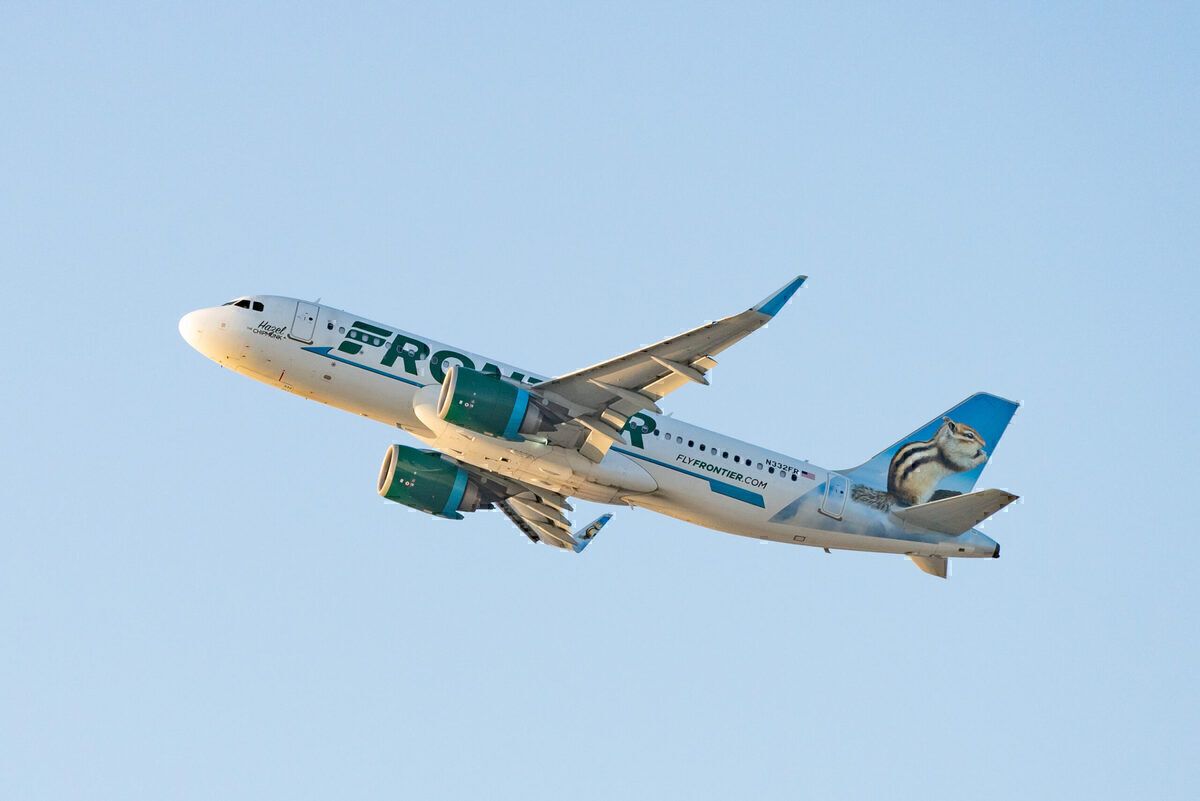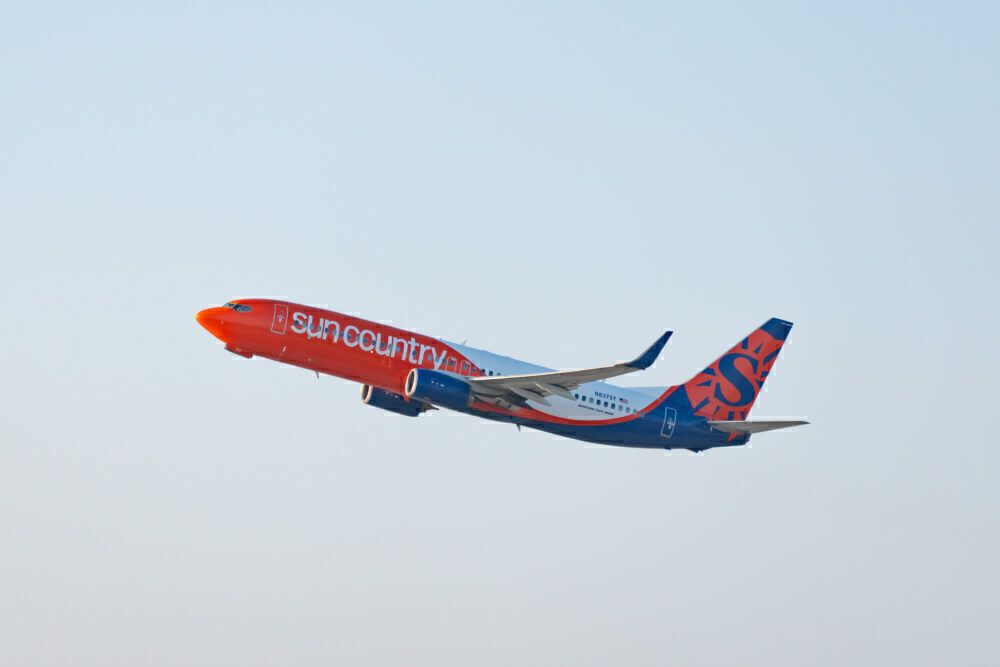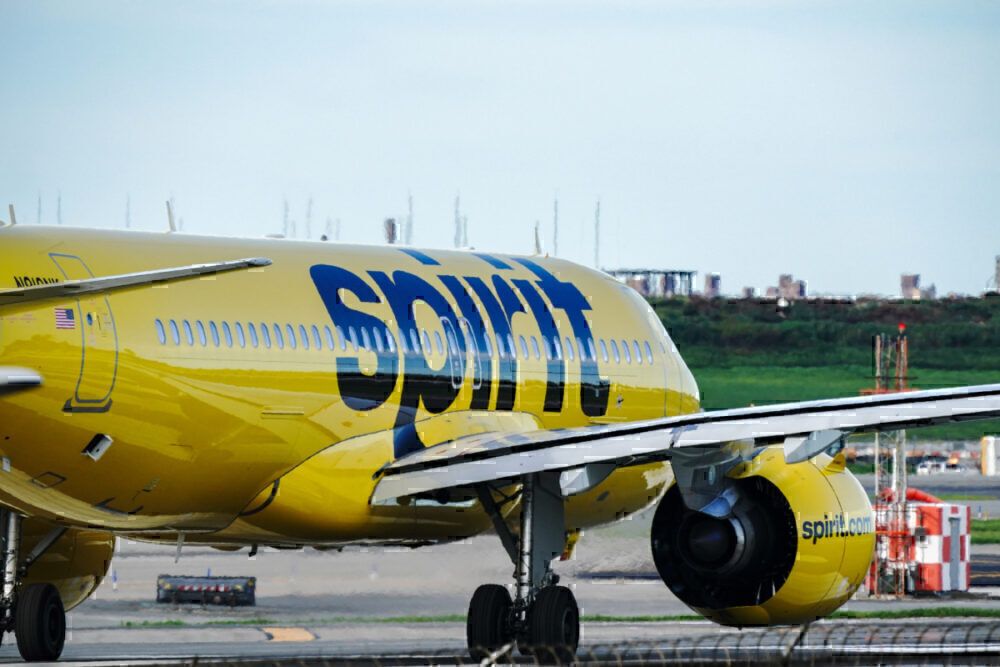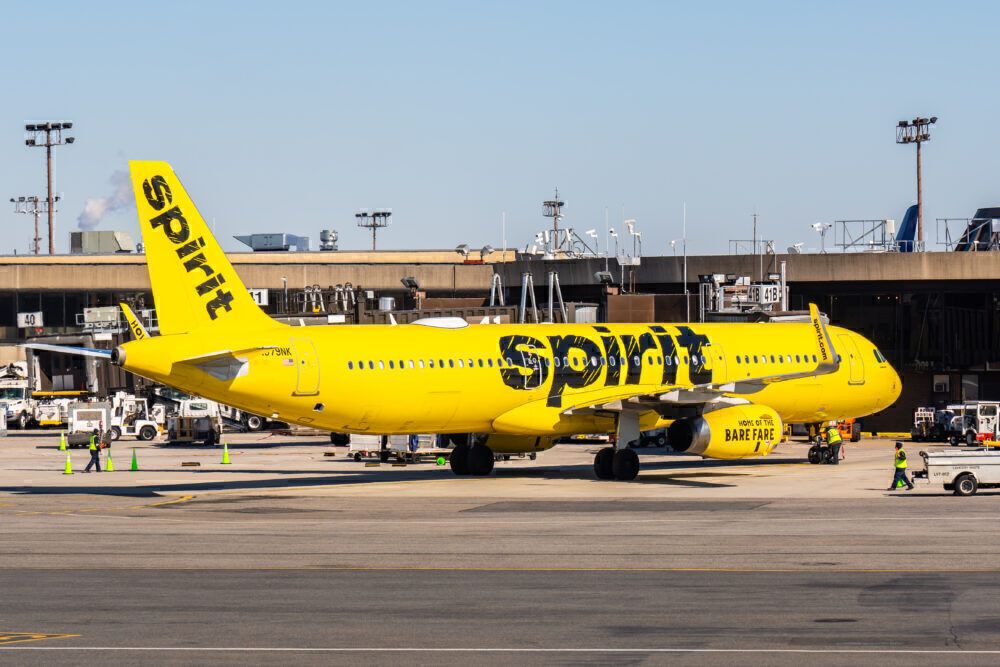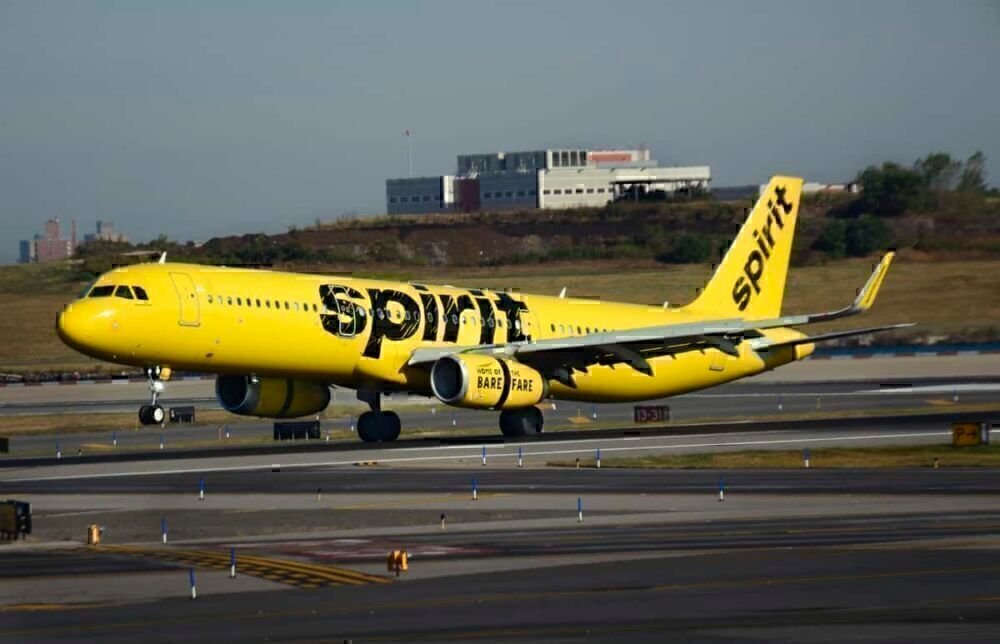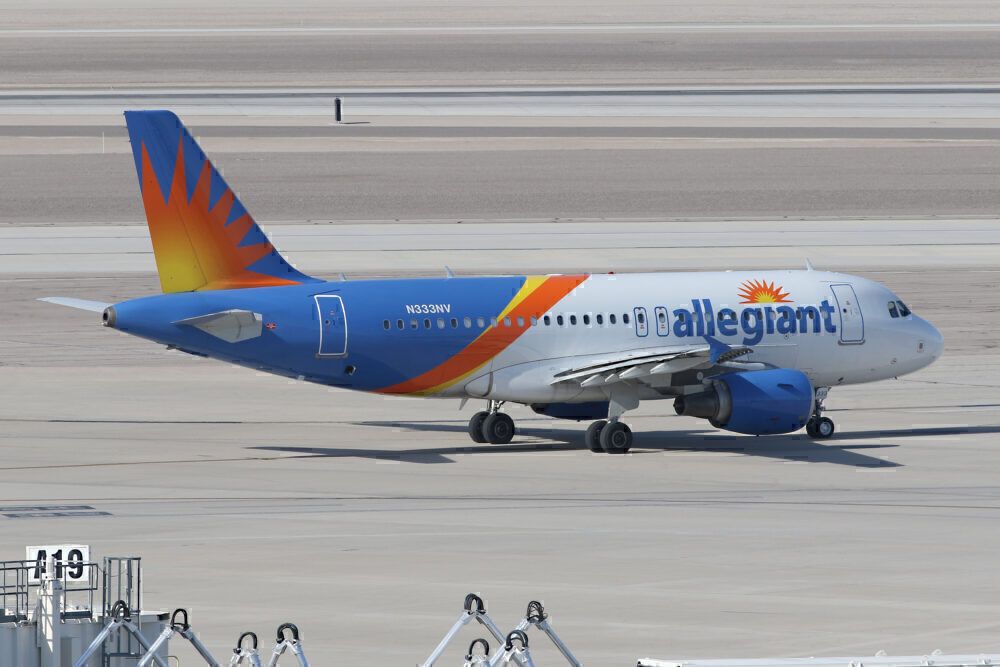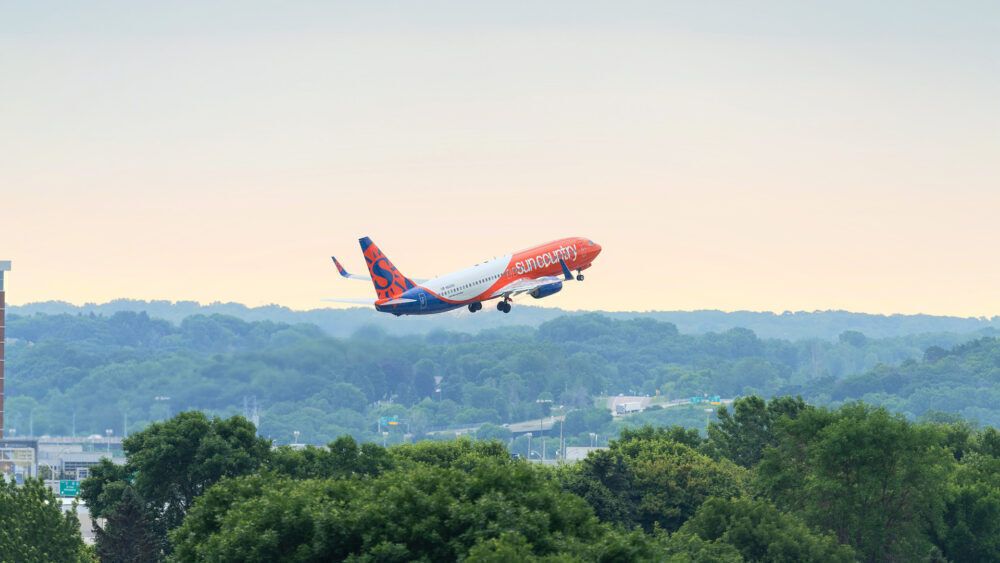With the first quarter over, ultra-low-cost carriers are expecting a better summer ahead. The four large US ultra-low-cost carriers (ULCC) have come off the heels of an improving first quarter and are emboldened the approaching summer. Here's a look at how the airlines performed in the first quarter.
The four major ULCCs
For the purposes of this article, we will consider the following four publicly traded airlines:
- Allegiant Air
- Frontier Airlines
- Spirit Airlines
- Sun Country Airlines
All four sell unbundled fares and outfit their aircraft in a single-class configuration. While Spirit Airlines does have a "Big Front Seat" product, it is not branded as a separate cabin and is an ancillary seat option. Passengers booking a "Big Front Seat" do not receive complimentary extras that a first class or premium economy passenger would get on any other itinerary.
Stay informed: Sign up for our daily and weekly aviation news digests.
Net financial results
On the basic level, the four airlines reported different net losses or profits in the first quarter. From best to worst, they are:
- Sun Country Airlines: $12.4 million profit
- Allegiant Air: $6.9 million profit
- Frontier Airlines: ($91 million) loss
- Spirit Airlines: ($112.3 million) loss
Sun Country pulling ahead is not too much of a surprise. The airline has a diverse operating model that looks at both charters, scheduled service, and cargo flying for Amazon. This provides more revenue streams and, especially with cargo, more stability.
Fleet size
By the number of planes in each airline's fleet at the end of the first quarter, here's where they shake out:
- Spirit Airlines: 159 aircraft
- Frontier Airlines: 107 aircraft
- Allegiant Air: 100 aircraft
- Sun Country: 43 aircraft (including 12 operated for Amazon)
Spirit, Frontier, and Allegiant all rely on the Airbus A320 family of jets. Sun Country instead flies the Boeing 737 family. Sun Country and Allegiant prefer to acquire mid-life, used aircraft. Spirit and Frontier, meanwhile, have moved toward taking newer Airbus A320neo family of aircraft to pursue fuel savings and lower maintenance costs.
Spirit is the largest of the four airlines, though this is not surprising. The airline has grown immensely over the last few years and has over 125 aircraft on order still. Frontier similarly has a large order book of over 150 aircraft. Allegiant and Sun Country prefer to buy aircraft in small numbers at attractive prices.
Capacity
Measured in available seat miles (ASMs), here is how much capacity each airline flew in the first quarter:
- Spirit: 7,976,158,000
- Frontier: 4,592,000,000
- Allegiant: 4,013,989,000
- Sun Country: 1,158,012,000
Spirit Airlines ran away with the win in this category. However, these statistics do not mean that other airlines are cowering or shrinking their networks due to the competition. Instead, Frontier, Allegiant, and Sun Country operate mostly on a lower utilization and frequency model.
Where Spirit will try to serve its destinations and routes daily or more, the other three airlines will target routes with perhaps a few flights per week. These airlines also tend to utilize their aircraft for fewer hours of the day.
Load factor
An airline's load factor is a measure of the percentage of available seats that an airline sold in a given period of time. A higher load factor means that a carrier has sold more of its seats. Here's how the four airlines ranked on loads:
- Spirit: 72.1%
- Frontier: 69.9%
- Sun Country: 66.9%
- Allegiant: 55.3%
Spirit, Frontier, and Sun Country were all relatively close in terms of load factor. Allegiant fell slightly behind, though this can be attributed to the demand environment. Allegiant targeted network expansion when most other airlines sat tight, awaiting the summer months.
However, load factor does not necessarily equate to profitability. Allegiant was profitable in the first quarter despite recording a lower load factor. Spirit, on the other hand, was not.
CASM
Cost per available seat mile (CASM) is an important industry metric. It can help provide information about an airline's operating costs and efficiencies. Airlines want this to be as low as possible– especially ULCCs. Expressed in cents, below is how the airline's ranked on CASM excluding fuel:
- Allegiant Air: 4.28 cents
- Frontier Airlines: 6.07 cents
- Sun Country: 6.15 cents
- Spirit Airlines: 7.40 cents
ULCCs typically target a CASM below six cents. Frontier and Sun Country are close to that metric, while Spirit has some work to do. As Spirit's capacity comes back, however, its CASM should go down.
CASM includes things such as structural costs. If an airline's structural costs stay flat or else increase marginally upon a greater increase in capacity, this leads to a decrease in costs.
Base fare per passenger
ULCCs sell unbundled fares. That means that passengers who choose not to purchase any ancillaries walk away with a seat and nothing else. The base fare often helps lure in passengers who then purchase ancillaries. Here is a measure of the average base fare per passenger flight segment:
- Sun Country: $98.77
- Allegiant Air: $58.38
- Spirit Airlines: $31.84
- Frontier Airlines: $30.83
Just based on geography, Sun Country is flying many routes that are longer than what Spirit or Frontier flies. Allegiant also flies some longer segments, leading to higher fares for both of those airlines. Spirit and Frontier are also carriers that try to stimulate some more demand with lower fares.
Ancillary fares per passenger
This is a key metric for ULCCs. The higher an airline's ancillary spend, the greater its success in selling its additional non-fare products to its customers. Here's what airlines recorded:
- Allegiant Air: $57.97
- Spirit Airlines: $52.43
- Frontier Airlines: $49.75
- Sun Country: $42.98
Ancillary spend has, in general, held up better than fare spend. Passengers may need to be tempted in with low fares, but they are still purchasing bags, seats, or perhaps flight flexibility that contributes to ancillary spending.
Sun Country Airlines gives its passengers just a few more perks than Allegiant or Spirit, so its ancillary spend per passenger is a little lower. But, it is not that far off from other airlines, and the carrier can start to try and push that ancillary spend upwards.
Were you surprised by any of the results from these ULCCs? Which ULCC is your favorite to fly with? Let us know in the comments!

